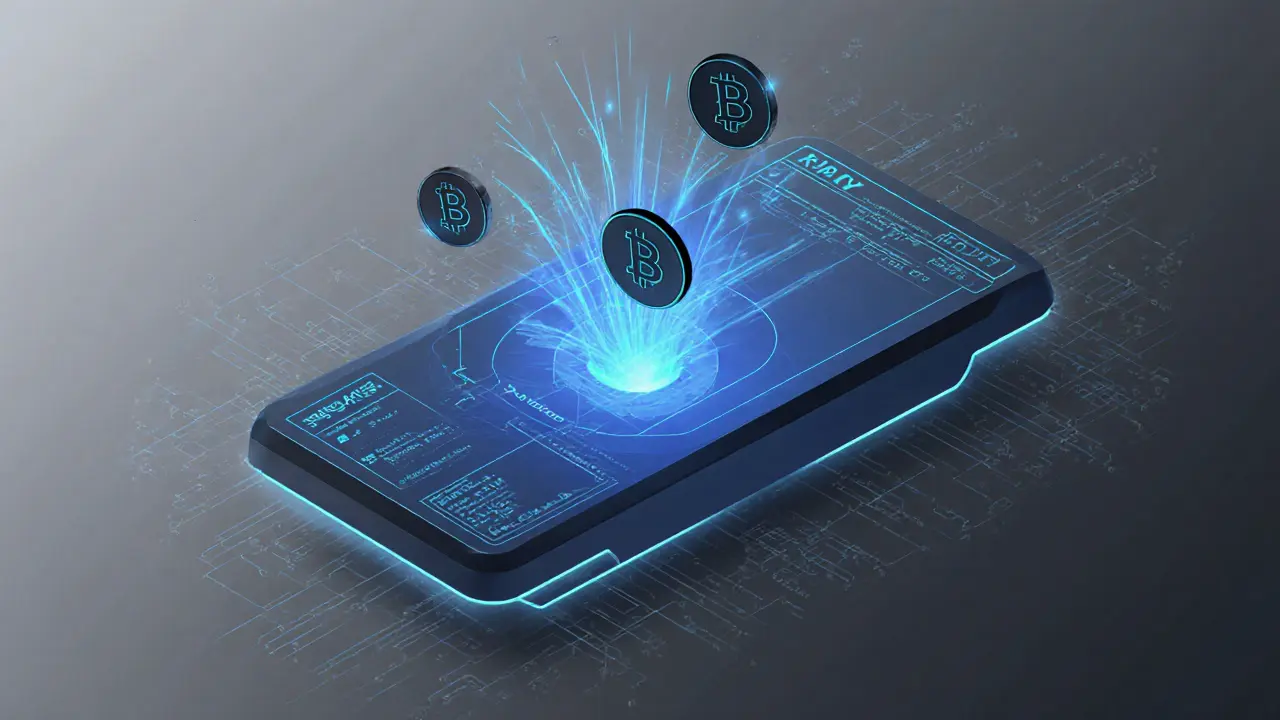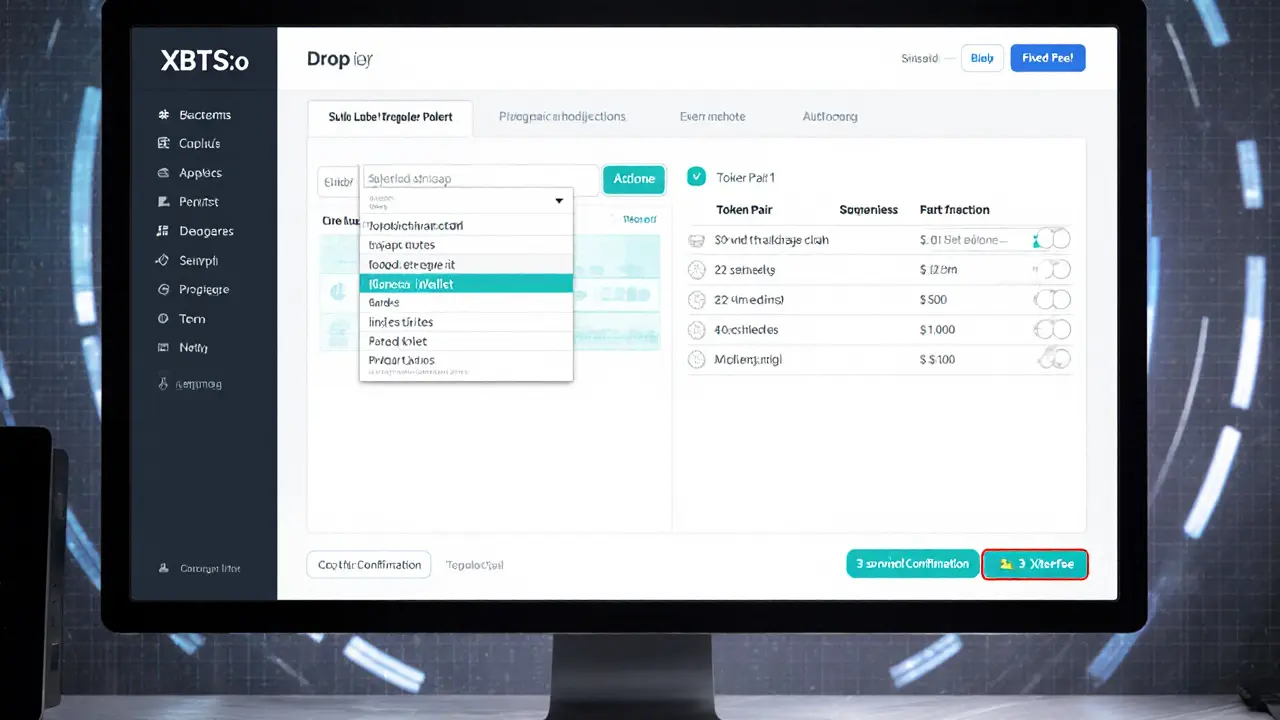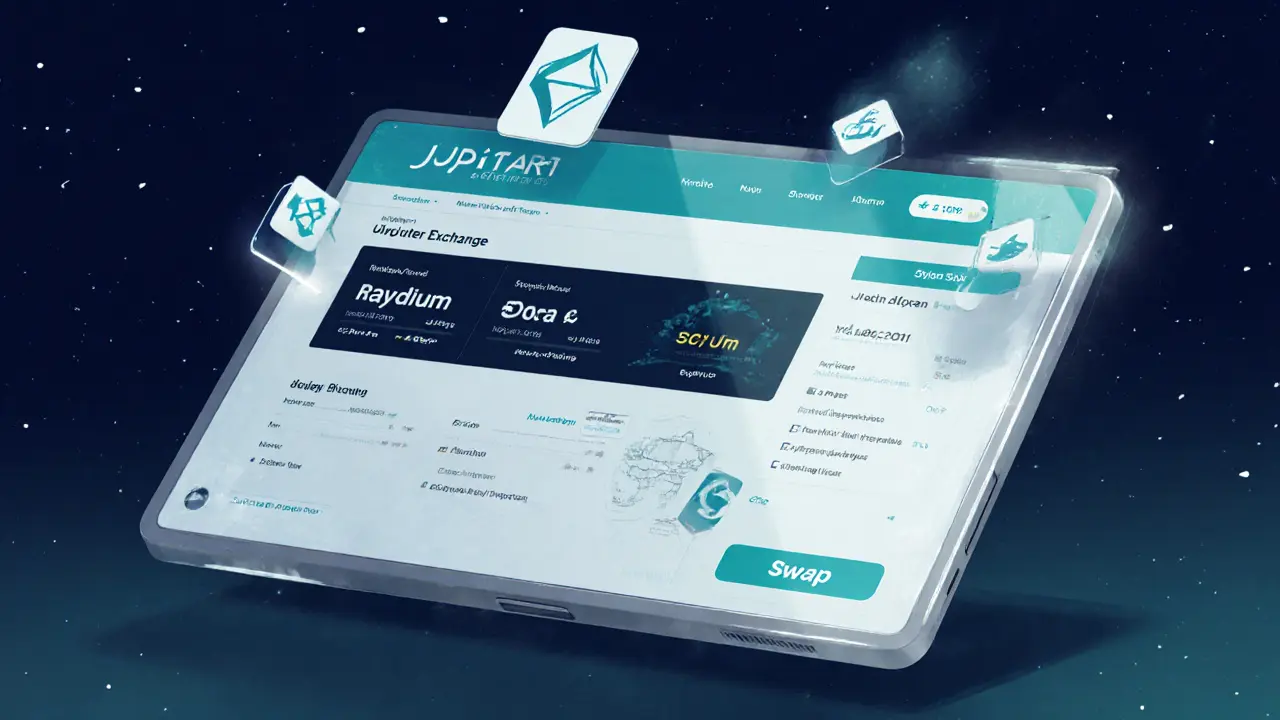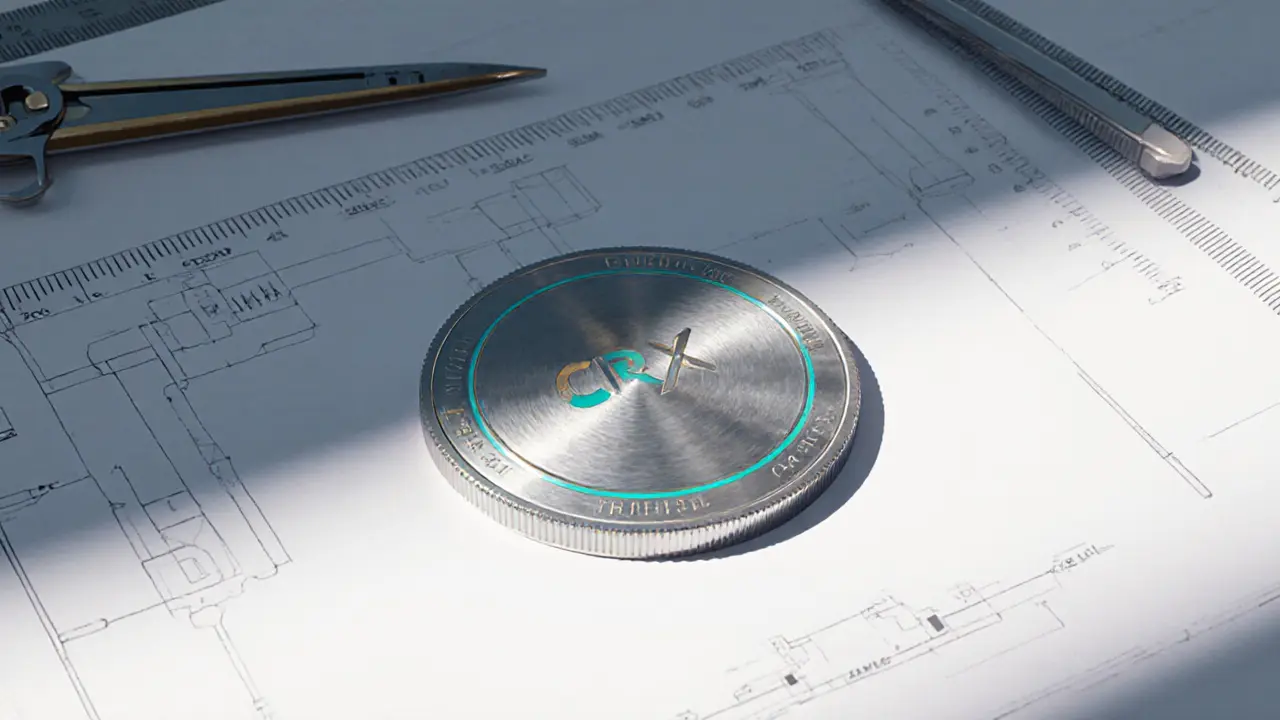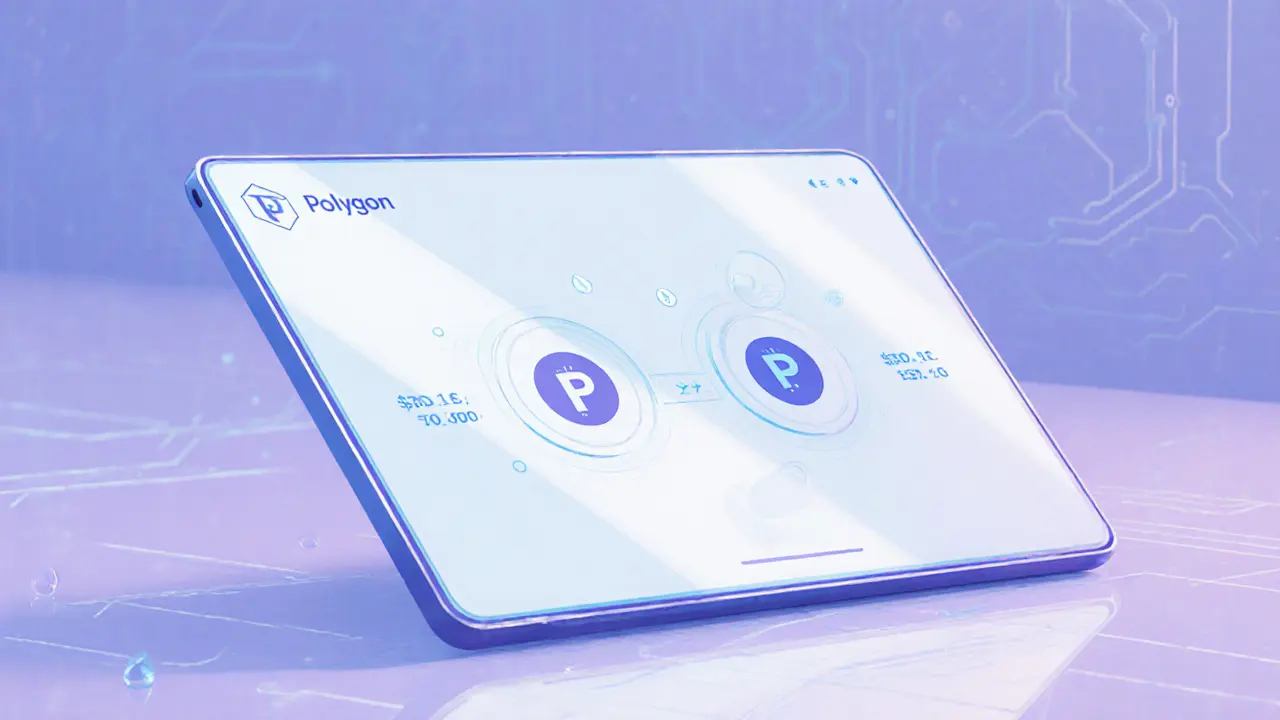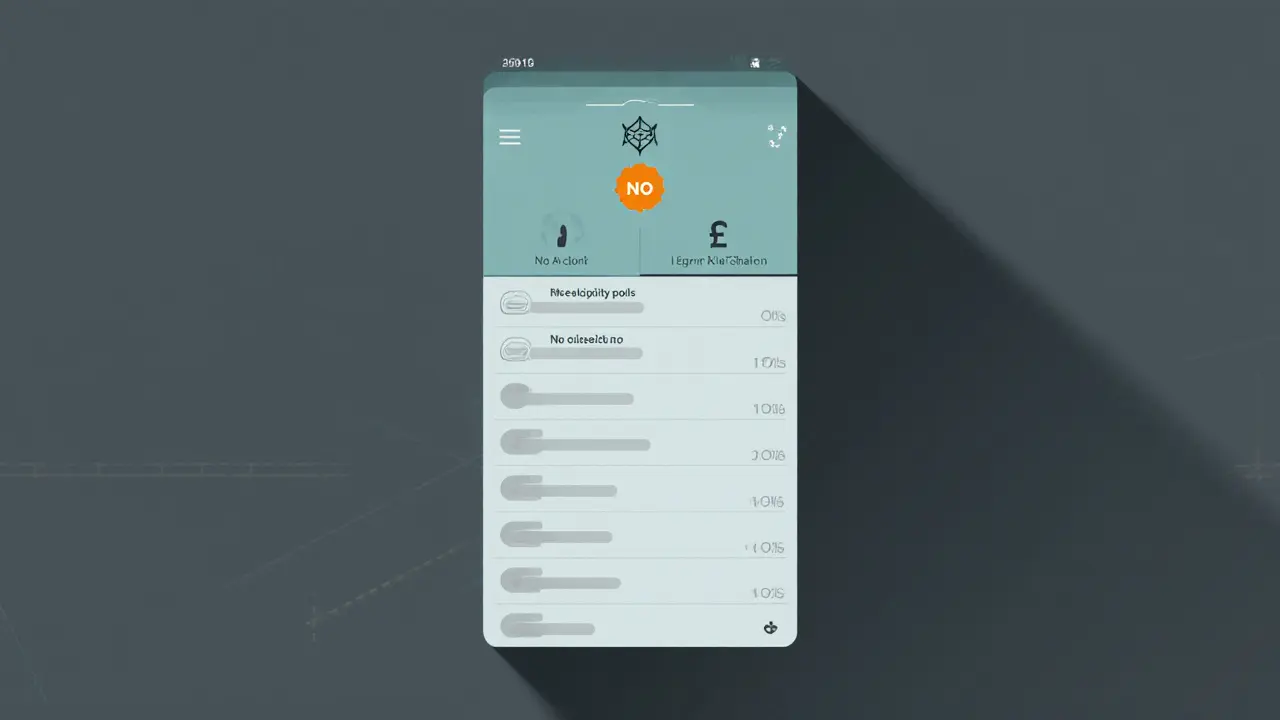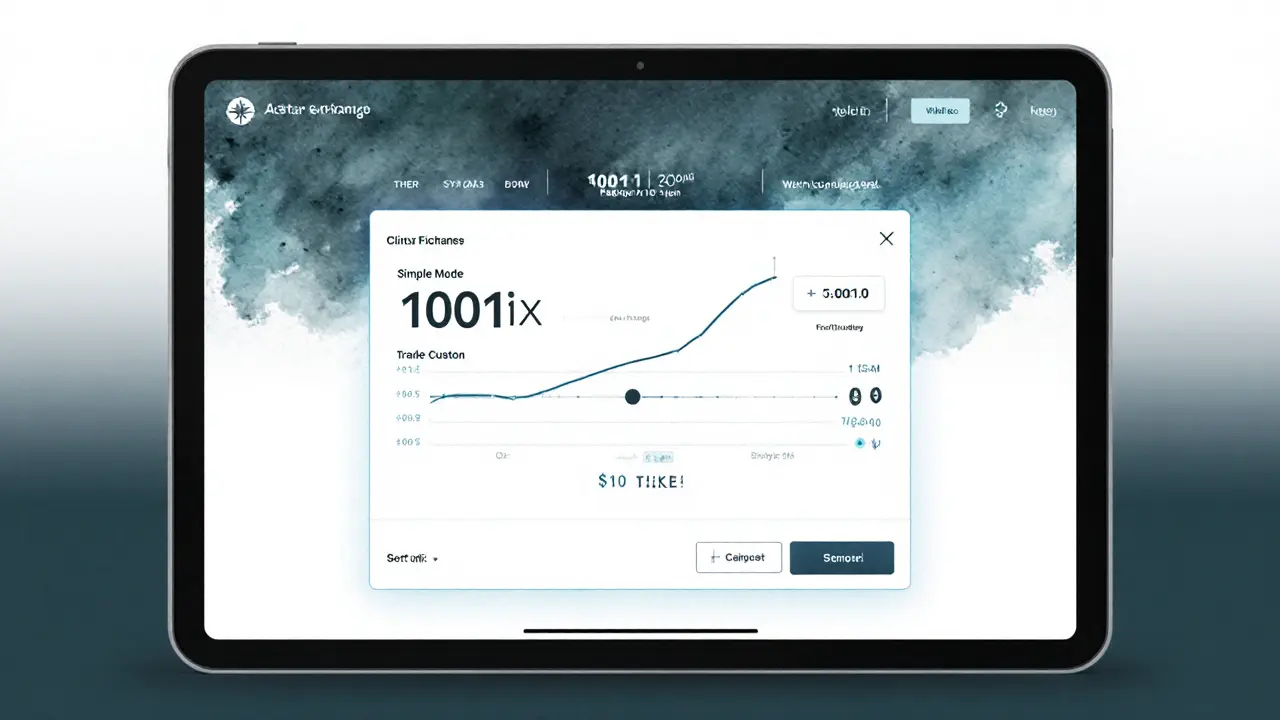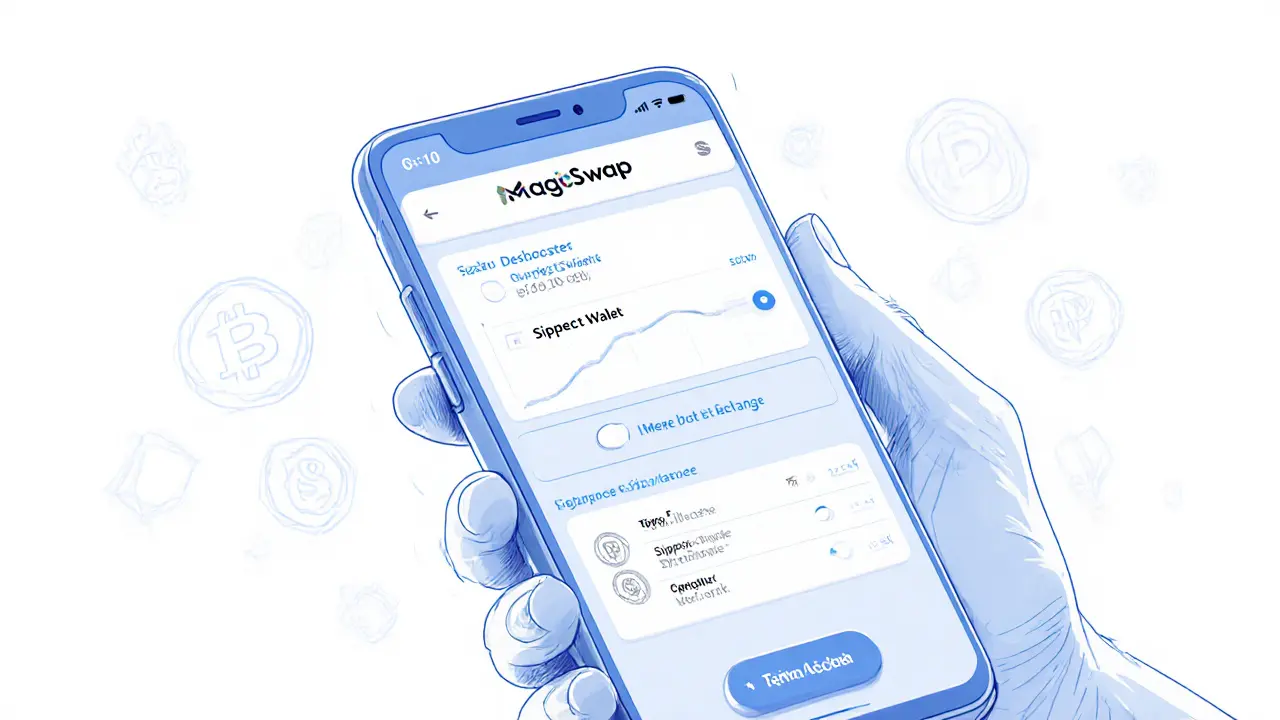Decentralized Exchange: What It Is and Why It Matters
When working with Decentralized Exchange, a peer‑to‑peer platform that lets users trade crypto assets without a central authority. Also known as DEX, it operates on blockchain networks, giving anyone with a wallet the ability to swap tokens directly. A key building block of any DEX is the Liquidity Pool, a collection of funds contributed by users that enables instant trades without needing a traditional order book. Liquidity providers lock their assets into smart contracts and earn a share of the transaction fees, turning passive holdings into a revenue stream. This model removes the need for a middleman, reduces latency, and often lowers costs compared to centralized platforms. If you’ve ever wondered why you can trade directly from a wallet, the answer lies in the combination of a decentralized exchange and its underlying liquidity pools.
Core Technologies Behind a DEX
The magic that makes a DEX function safely is the Smart Contract, self‑executing code on a blockchain that enforces the rules of a trade without human intervention. When you initiate a swap, the contract checks the pool balances, calculates the price based on the constant‑product formula, and executes the trade in a single atomic transaction. Because the code is immutable and publicly auditable, users can trust that the trade will happen exactly as promised, or not at all. This trust‑less environment is a cornerstone of the broader DeFi, decentralized finance ecosystem that recreates traditional financial services on blockchain. DeFi platforms use DEXs for everything from simple token swaps to complex yield‑farming strategies, making the ability to move assets quickly and securely essential. Moreover, smart contracts enable additional features like limit orders, flash loans, and automated market‑making, expanding what users can achieve without ever handing over custody to a third party.
Understanding the decentralized exchange landscape helps you spot opportunities and avoid pitfalls. Recent trends show a surge in cross‑chain DEXs that bridge assets between Ethereum, Binance Smart Chain, and emerging layer‑2 solutions, widening the market for traders. At the same time, regulators are paying closer attention to how liquidity is sourced and how user data is handled, meaning compliance considerations are becoming part of the DEX conversation. Our collection below covers everything from step‑by‑step guides on buying crypto in restricted jurisdictions to deep dives on specific platforms like Leonicorn Swap and Glide Finance, as well as broader analyses of DeFi lending and tokenomics. Whether you’re looking to add liquidity, compare fees, or simply get a feel for how DEXs fit into the larger crypto ecosystem, the articles ahead will give you actionable insights and up‑to‑date information.
Mooniswap Crypto Exchange Review: Better Earnings for Liquidity Providers?
Mooniswap is a DeFi exchange that gives liquidity providers up to 200% more earnings than Uniswap by capturing arbitrage profits. Learn how it works, who it's for, and why it's a smarter choice for passive crypto investors.
VIEW MOREBlackhole Crypto Exchange Review: Is This Avalanche's Biggest DEX Worth Using?
Blackhole DEX is Avalanche's largest decentralized exchange with high yields but steep complexity. Learn how it works, its risks, and whether it's worth using in 2025.
VIEW MOREKava Swap Crypto Exchange Review: Is It Worth Using in 2025?
Kava Swap is a fast, fee-free DEX built for the Kava blockchain, but its tiny liquidity and limited token selection make it useful only for users already in the Kava ecosystem. Outside of KAVA and USDX trades, it's not worth the hassle.
VIEW MOREXBTS Crypto Exchange Review - In‑Depth Look at Features, Fees & Security
An in‑depth XBTS.io review covering its tech, fees, security, pros, cons, and how it stacks up against other crypto exchanges.
VIEW MOREJupiter Exchange Review: Solana DEX Aggregator Deep Dive
An in‑depth review of Jupiter Exchange, the Solana DEX aggregator. Covers how it works, fees, security, user experience, and how it compares to other aggregators.
VIEW MORECRODEX (CRX) Crypto Coin Explained - What It Is, How It Works, and Current Stats
Discover what CRODEX (CRX) crypto coin is, its role on the Cronos blockchain, tokenomics, current price data, and key risks in a concise, easy‑to‑read guide.
VIEW MOREApeSwap (Polygon) Review: Is This Multichain DEX Worth Your Trade?
An in‑depth ApeSwap review on Polygon covering fees, liquidity, features, security and how it stacks up against Uniswap and PancakeSwap.
VIEW MOREAmpleSwap Crypto Exchange Review: Risks, Features, and Comparison
A detailed review of AmpleSwap, covering its AMM setup on Binance Smart Chain, market data, security concerns, and how it stacks up against PancakeSwap and Uniswap.
VIEW MOREAster Crypto Exchange Review: Features, Tokenomics & Trading Experience
A deep look at Aster exchange, its ASTER tokenomics, multi‑chain features, pros and cons, and how it stacks up against rivals like Hyperliquid.
VIEW MOREMagicSwap Review: Is This New DEX Worth Your Trade?
A concise review of MagicSwap, the new decentralized exchange, covering fees, liquidity, pros, cons, and how it stacks up against major DEX platforms.
VIEW MORE

